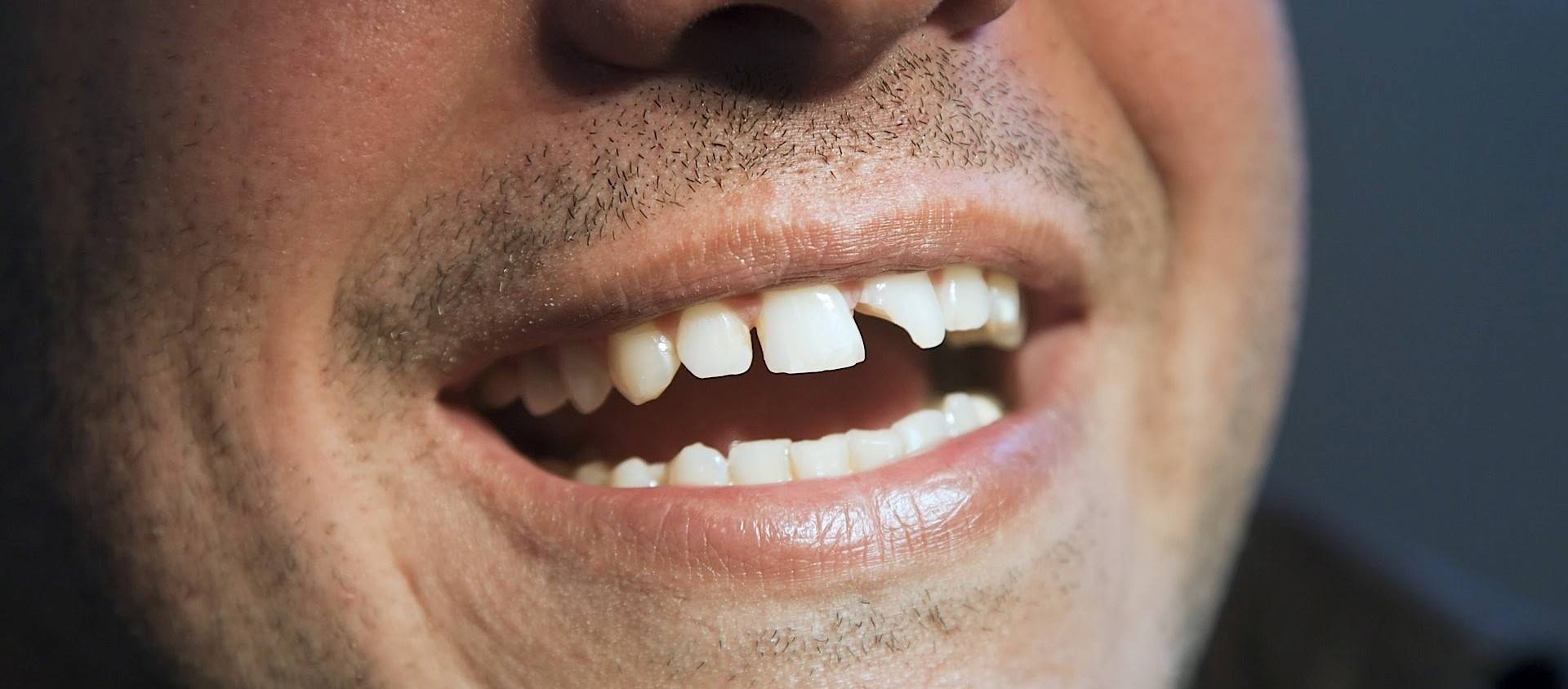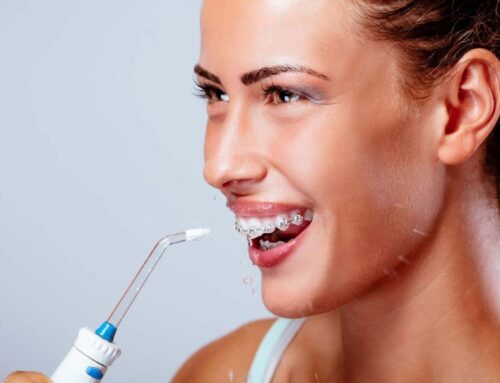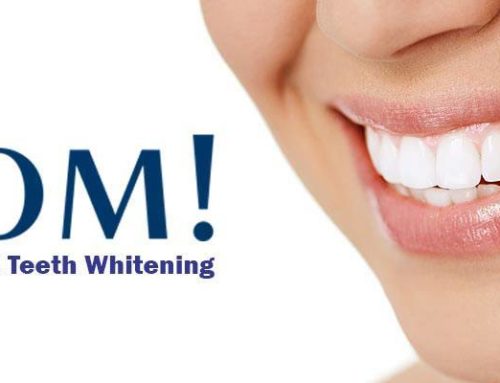When Should a Damaged Tooth Be Repaired & When Should It Be Replaced?
Dealing quickly and effectively with damaged or broken teeth is critical to ensuring that your mouth stays strong and healthy. So, let’s explore how it is determined if a tooth should be replaced, or if a simple repair is all that is needed.
Taking care of your smile by brushing your teeth, flossing often, and sticking with a regular schedule of dental checkups and oral hygiene treatments is an important part of your overall health and well-being. It’s the surest way to maintain a healthy mouth and prevent long-term dental problems throughout your life.
However, accidents do happen, and when they happen to your teeth it’s important to get the necessary care to fix the issues promptly. Sometimes a tooth can experience minor damage that will need an appropriate minor repair. Other times an accident may occur that results in more significant damage to a tooth and require a different approach to remedy the situation.
Depending on the type of damage that has occurred and the reasons that caused it, your dentist may recommend one of a wide range of possible solutions. To understand the reasoning behind the recommendations for specific repair or replacement procedures, it’s important to first understand the different ways teeth can become broken or damaged.
How Can Teeth Become Damaged?
There are several different ways that one or more teeth may become damaged in some way. Reasons such as accidental impacts, falls, or sports injuries are some of the most obvious potential causes of tooth breakages, chips, cracks or other types of damage. Sudden impacts from hard objects can cause significant trauma to the mouth and teeth. In some cases, if the impact is hard enough, it can even cause teeth to be completely knocked out, or result in breakage of the jaw bones and trauma to the gums and other tissues in the mouth.
In other cases, tooth damage may be related to underlying dental health issues such as the onset of tooth decay. If left unchecked, tooth decay can develop into serious problems as the tooth material begins to degrade, causing cavities and other types of decay-related effects on the teeth.
Teeth can also become damaged if the person habitually, either consciously or unconsciously, grinds or clenches their teeth at frequent intervals. The repeated abrasion and pressure of clenching and grinding the teeth causes premature wearing of the enamel of the teeth at the points of contact, and can result in sharp edges on the teeth, recesses, and other alterations to the shapes of the teeth.
Whatever the reason may be, it’s critical that the problem be fixed promptly and effectively in order to avoid progression that leads to more serious dental health issues down the road. The method that is used to solve the problem is usually determined by considering both the cause of the tooth damage and the extent of the tooth damage.
When is a Repair Sufficient, and When is A Replacement Tooth Warranted?
For superficial damage to a tooth, such as a minor chip, surface irregularities, grooves, and tooth wear, a repair is generally the best option as the tooth is still structurally sound and healthy enough to function properly. In cases such as these, one of the many different tooth repair methods will be used to get the tooth back into optimum condition.
For more extensive damage, such as a deep crack, large chip, or advanced stages of tooth decay, it’s possible that the tooth may be structurally compromised or weakened to the point that it is a safer approach to remove the tooth and put in a replacement artificial tooth. If leaving the tooth in place would cause the spread of infection or lead to other problems in the future, then a replacement is probably warranted.
For damage that falls somewhere in between these descriptions, your dentist will recommend a course of treatment that addresses both the damage itself and the specific cause of the damage. For example, a chipped tooth that occurred during a sports accident could likely be solved with a repair to fix the damaged part of the tooth along with a recommendation for a custom-fitted sports mouthguard to prevent future damage and protect the teeth during physical activities.
Methods for Repairing Damage to a Tooth
Damaged teeth that are still firmly in place in the gums with a sufficient portion of healthy and strong tooth material can be repaired using a wide variety of techniques. Replacing a chipped portion of tooth or filling in a crack in the tooth can often be done using a strong dental bonding material. This material is colour-matched to the natural shade of the patient’s tooth and is applied to the damaged area of the tooth.
Once in place, the dental bonding material is sculpted to suit the area of the damaged or missing tooth section. A specialized curing light is used to quickly harden the material and produce a solid surface that’s just as durable as a natural tooth. Once fully hardened, the dental bonding repair is precisely shaped to fit the patient’s specific bite pattern, leaving the patient with a repaired tooth that is virtually indistinguishable from the rest of their teeth.
For other types of tooth repairs, your dentist may choose to use a dental veneer to achieve the desired outcome. Veneers are thin sheets of a super-hard dental porcelain material that is applied to the outer surface of the tooth in order to achieve a smooth and protective outer covering. In many cases veneers are applied to multiple teeth in order to create a consistent look across the entire smile. Like dental bonding material, dental veneers are colour-matched to the natural tooth shade of the patient.
More extensive tooth repairs may call for a dental crown to be used. If the root of the tooth is healthy and solid, and it’s only the exposed part of the tooth that is damaged, a dental crown can be used to replace the majority of the visible tooth with an artificial cap that looks just like the other natural teeth. After the remaining healthy portion of the tooth is filed and shaped for a precise fit, the artificial crown adheres to the natural tooth using a permanent dental adhesive that provides a secure and solid connection.
Repairing a tooth, if the dentist believes that the remaining portion of the tooth is healthy and strong enough to remain in place, is often the preferred option for dealing with damaged teeth. However, when the damage is too severe, a full tooth replacement is necessary.
Solutions for Tooth Replacement
Replacing individual teeth is possible using multiple different methods. One of the most common approaches is to use a dental bridge. Bridges are simple in concept and use a similar connection style to that of a dental crown. In essence, a dental bridge is a pair of dental crowns that are connected in one continuous piece by full-size artificial teeth. Each crown is mounted to an existing natural tooth in the mouth, with the artificial teeth in between the two crowns effectively ‘bridging the gap’ in the space of the missing tooth or teeth.
While dental bridges are certainly a common procedure, dental implants offer many distinct advantages as a replacement tooth option. A dental implant is a full-sized artificial tooth that is connected to a screw-like anchor that is directly implanted into the jawbone of the patient in the same place as the missing tooth. This direct connection between the jawbone and the replacement tooth means that implants are able to perfectly mimic the form and function of a completely natural tooth.
In addition to providing the most secure fit and feel as a replacement tooth, dental implants also work to minimize any potential bone density loss that can occur over time as a result of missing teeth in the jawbone. Dental implants help to produce strengthening pressure in the jaw in the same way that natural teeth do, thereby helping to retain the density of the bone material of the jaw.
If You Have a Broken or Damaged Tooth, Don’t Wait! Act Now.
We cannot overemphasize the importance of dealing with dental problems like damaged or broken teeth as soon as possible. The risk of allowing these problems to remain and progress to more serious conditions is simply too great.
If you’ve experienced an accident that has resulted in a chipped or cracked tooth, are suffering from tooth decay and cavities, or any other reason that may have caused tooth damage, act now and contact Georgian Dental to arrange for the next available appointment.
Our team of professionals is ready to help you with the optimal course of treatment to address the problem of broken teeth and help you get your smile back in style quickly and easily.
Free Initial Apppointment
Free initial appointments for all dental implants, braces and full mouth reconstruction procedures ($300 Value).
Contact us to book your appointment today.









